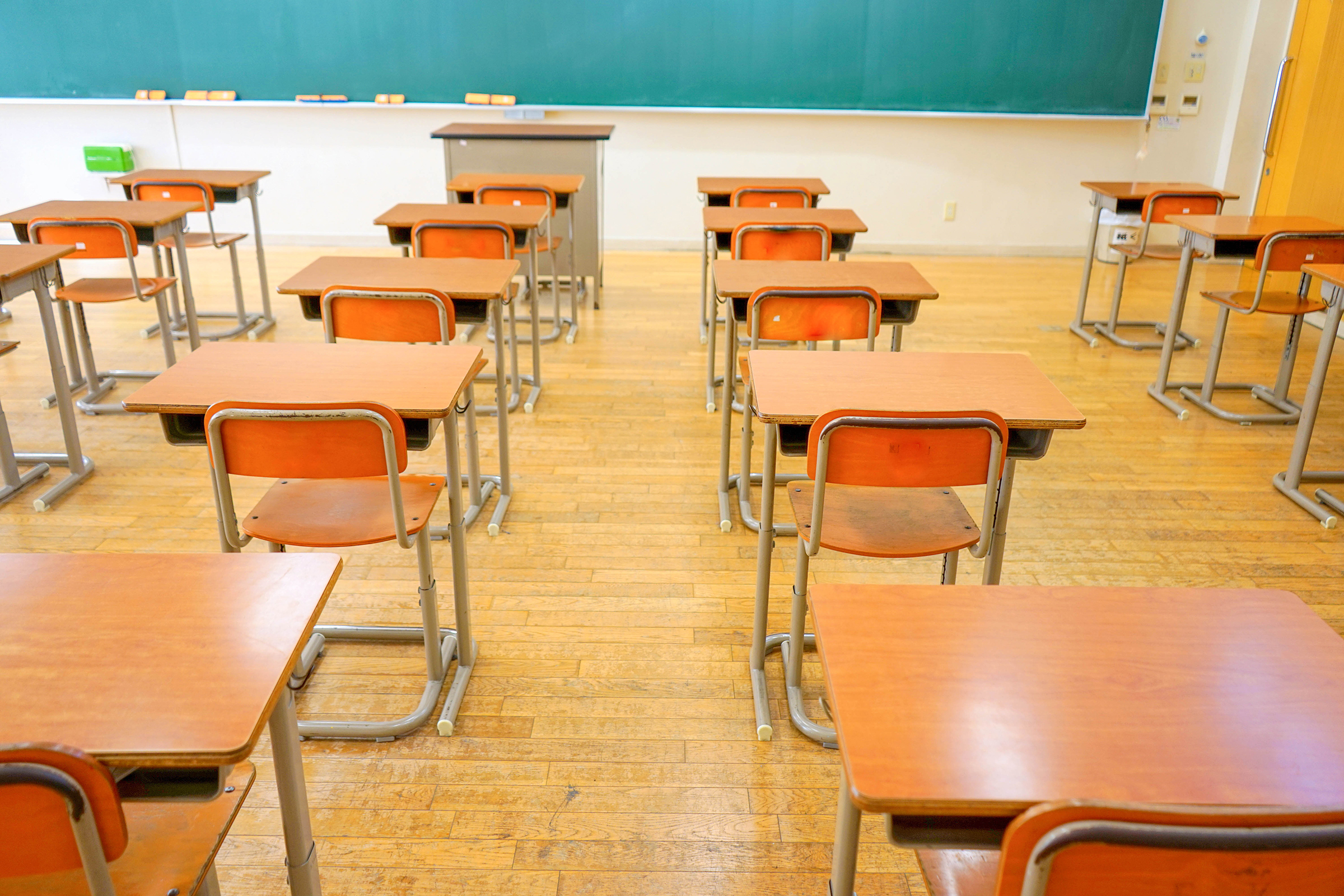It took about two minutes last week for the Monongalia County Board of Education to level a 365-day expulsion on a student for violating West Virginia’s Safe Schools Act.
Under the mandates of state code, neither the BOE nor Superintendent Eddie Campbell Jr. could give the student’s name or discuss the particulars that led to the punishment.
The parameters, though, are pointed.
To be suspended for a year means the student may have been in possession of a firearm or other dangerous weapon on school grounds or in a school bus.
It means the student may have punched out a teacher or other employee.
While such suspensions aren’t necessarily a regular item on the agenda of the Monongalia board meeting, they do happen here, Campbell said.
And, as he’s quick to add, they are a mirror of a society becoming increasingly more violent.
Especially in school buildings.
Being prepared for what everyone hopes doesn’t happen
After last month’s shooting at a private school in Nashville — a 28-year-old former student armed with assault-style weapons fatally wounded three students and three adults before she was shot dead by police — Campbell took to social media.
He wanted to reassure Mon parents that the district is doing everything it can to keep their children safe: be it by way of the weapons detectors at the county’s three public high schools; to the ballistics glass and “safe school” entrances in buildings new and not new; to uniformed police officers in place at every school.
And the county’s students still work through active shooter drills, he said, including ALICE training.
It stands for: Alert, Lockdown, Inform, Counter, Evacuate, and it was heralded with saving lives during a shooting in November 2021 in suburban Detroit that did see the deaths of four students before their classmate wielding a semiautomatic handgun was subdued.
While many schools in the country signed on with the training after that fatal incident, Donna Talerico, the district’s deputy superintendent, said the local district was already there.
“We’ve been doing the training for years in this county,” she said.
Counselors also walk the point, she said, looking for prompts and signs that a student might be in distress.
These days, Campbell said, fatal bullets can snap the air in a Christian school and a 6-year-old can shoot his teacher — in anger.
Rocky Mountain low
For him, he’s come a long way from Columbine, and so has everyone else, he said.
The superintendent is referring to the April 1999 shootings at the high school in Littleton, Colo., of the same name that saw two students open up on the place.
Dying in the hail were 12 of their peers and one of their teachers.
Countless others were also wounded, and the rampage stopped only because the two young gunmen turned their weapons on themselves, ending it all in dual suicide.
Campbell, meanwhile, was new on his job as an assistant principal nearly 2,000 miles away at a school in northern Virginia.
He remembers the shock and disbelief, among teachers and students alike, that day when the news broke.
“The air just went out of our building,” he said.
“Just the magnitude of it.”
Gun violence in institutions of learning is nothing new in the U.S., with one of the earliest instances taking place in 1840.
Columbine, however, was killing and wounding on a big scale, the Mon superintendent said, with intent, and weapons designed to do just that.
“I don’t want us to become numb to this,” he said. “I don’t want us to say, ‘Well, that’s just how it is.’”
On the other end, he also knows that nerves are frayed and senses are heightened in ways they shouldn’t have to be, he said.
Innocence, popped (like a balloon)
Martinsburg, in West Virginia’s Eastern Panhandle, is becoming more urban, or suburban, than a lot of Mountain State towns, in that it is now an officially designated part of the Washington, D.C., metro area.
It also has more crime, given that designation — but at lower rates, relatively speaking, because it’s still Country Roads and not the Beltway.
However, an incident that happened at Springs Mills High School there last May — one day before the shootings in Uvalde, in fact — showed the emotional angst under which students are laboring, regardless of the ZIP code.
A teacher was putting up balloons at the school to celebrate graduating seniors when the two of the balloons popped.
Panic ensued.
The sounds were mistaken for gunfire.
One student sprawled flat, as if on a battlefield. Others sprinted blindly down hallways or crashed into classrooms, to duck and cover.
The teacher quickly apologized, but it still took a while for pulse rates to return to normal.
Monongalia’s school superintendent was philosophical, even as he wished he didn’t have to be.
“This is just where we are now,” Campbell said.
The weather was pleasant last Thursday afternoon when he was talking for this story.
Temperatures were mellow and the sun’s rays were golden.
The canvas set Campbell to another avenue of time-traveling — well before the wrenching violence at the school in Colorado, and his unease as a young administrator in his own building, with his own students to worry about.
“When we were kids and we had a day like this, we might not even be in the house until dark,” he mused.
“Not now. You’re definitely not gonna have that now.”
TWEET @DominionPostWV




